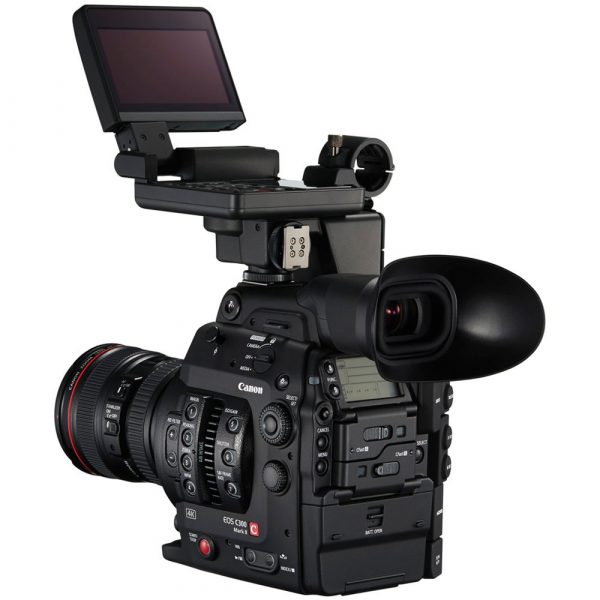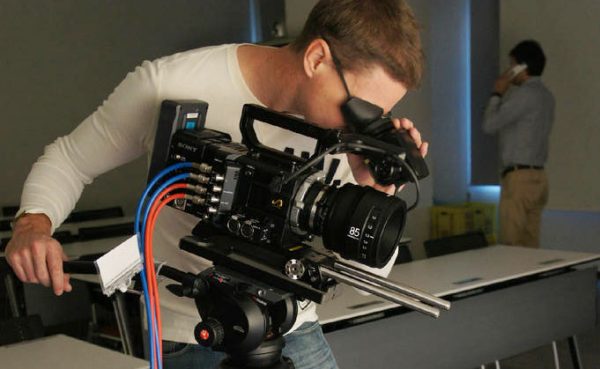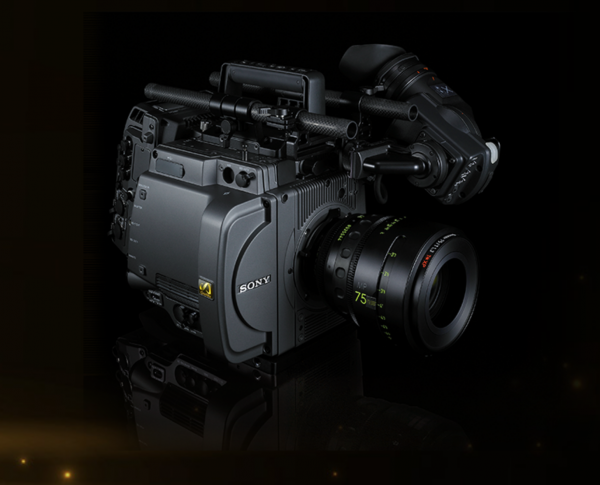
Canon have announced that they have developed a new CMOS sensor equipped with a global shutter that exposes all of the sensor’s pixels at the same time, enabling the capture of distortion-free images even when shooting fast-moving objects. The sensor employs a new signal-readout drive system and pixel structure that significantly expands the full well capacity (the amount an individual pixel can hold before saturating), and it is also claimed to reduce noise. The sensor is also claimed to provide a wider dynamic range.

Standard CMOS sensors make use of the rolling shutter method, which exposes the pixels one row at a time. A rolling shutter is always active and rolling through pixels from top to bottom. This usually results in slight discrepancies in signal-readout timing depending on the location of the pixel. Fast-moving objects may appear distorted and produce those very familiar motion artefacts we refer to as jello – an effect made famous by the Canon 5D mkII and evident on all DSLRs and mirrorless cameras to date). Non global shutter CMOS sensors are also subject to the occurrence of the flash band phenomenon, in which the upper and lower portions of images display different levels of brightness. With a global shutter, fast-moving objects are able to retain their proper form, resulting in distortion-free images. As global shutter sensors can replicate object shapes with a high degree of accuracy, they are very often found in cameras used in industrial applications.

While a global shutter gives you distortion free moving objects, there is usually a trade off in the camera’s sensitivity, especially if the method being used is done electronically. The Sony F55 for example uses a global shutter and is rated at 1250 ISO. The F5 which is essentially the same camera but with a rolling shutter has a higher base ISO of 2000. To get around this you can use a mechanical rotary shutter like the one found on the Sony F65, but that is not only physically very large, but also more expensive to implement.

To date for professional video applications, the Sony F55 and F65 are the only widely used digital cinema cameras with large CMOS sensors that employ a global shutter. Blackmagic Design had promised a global shutter option for their URSA Mini 4.6K, but had to roll back on that due citing production issues. They subsequently launched the camera without a global shutter. Kinefinity also announced that their 5K Terra would include a global shutter, but that camera is yet to ship.
I find that it really depends on what you are shooting as to whether you need a camera with a global shutter. I owned the Sony F55, and apart from avoiding flash banding at news conferences I cannot recall any other instances where I really noticed the difference. The rolling shutter in most of the higher end digital cinema cameras is so well controlled that you don’t often encounter any instances where you wished you had a global shutter. If you shoot a lot of sports or action then you might think it essential.
Canon have said that they will explore various industrial and measurement applications for the newly developed CMOS sensor and consider deploying it in the field of video production for cinema production applications, TV dramas, and commercials. I would not at all be surprised to see the next Canon Cinema EOS camera come out with a global shutter option in the near future.





